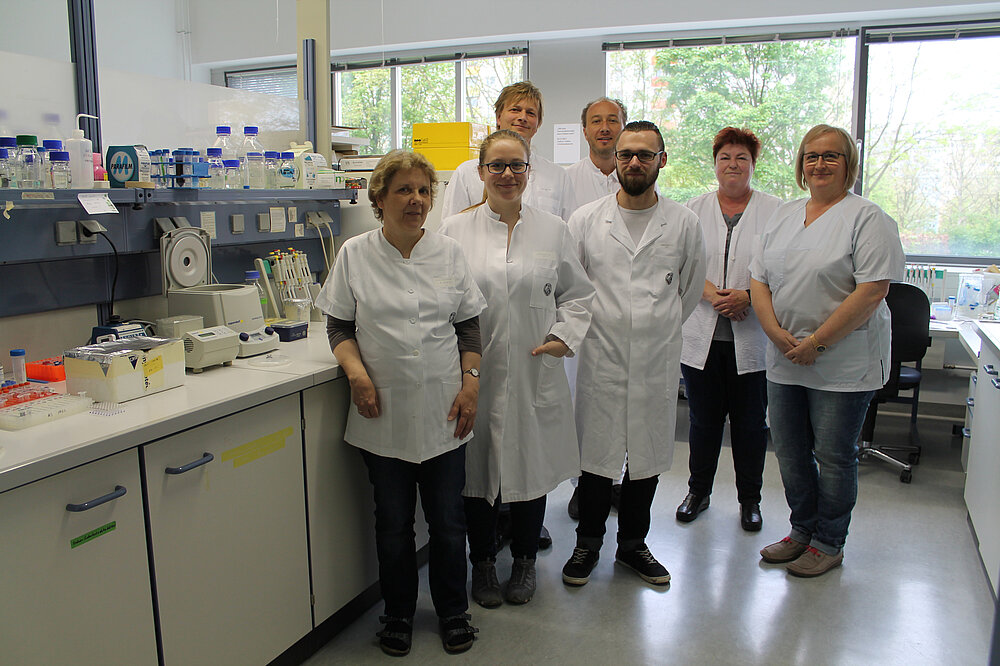Defining the therapeutic potential of somatic gene repair for hereditary spastic paraplegia
Dr. Christian Beetz, Institut für Klinische Chemie und Laboratoriumsdiagnostik, Universitätsklinikum Jena, 07745 Jena
Project Summary
Hereditary spastic paraplegia (HSP) is a disease in which the very long axons of the upper motor neurons progressively degenerate. Defining the cellular structures and/or processes that are critically disturbed in HSPs is a matter of intense current research. The goal of pertinent efforts is to establish causal connections between mutations in certain genes on the one side, and the axonal pathology on the other. It is hoped that this will reveal targets for causal therapies. The current picture, however, is very complex as abnormalities in many processes and for virtually every cellular organelle have been described. One way of determining which of these observations are of pathological relevance, is to test counteracting interventions in clinically valid in vivo models. But would failure to induce a positive effect on the phenotype necessarily mean that a non-relevant cellular system was targeted? Or is a pre-damaged axon generally unable to benefit from repair or maintenance efforts?
We suggest to address this important issue by applying somatic gene repair in mice. We argue that this approach, at least in a loss-of-function mutational background, represents the gold standard against which any alternative therapeutic effort can subsequently be validated. For better monitoring of the intended amelioration of disease severity we have developed a novel murine HSP model. This model shows a very early onset and rapidly progressive phenotype which, nevertheless, is fully compatible with clinically pure HSP. We will now target the knocked out loci such as to enable inducible restoration of proper gene structure (i.e. gene repair) based on recombination-mediated cassette exchange. We expect that this approach will help to define whether the pathology underlying HSP is amenable to therapeutic interventions, and when such intervention is most effective. We believe that successful accomplishment of the project will provide a valuable basis for eventually treating HSP patients. We thank the Tom Wahlig Foundation for supporting our study!
On the picture from left to right: Kerstin Stein, BSc Andrea Bock, Dr. Christian Beetz, Dr. Amir Jahic, MSc Sven Guenther, Heike Kiesewetter, Annett Büschel




